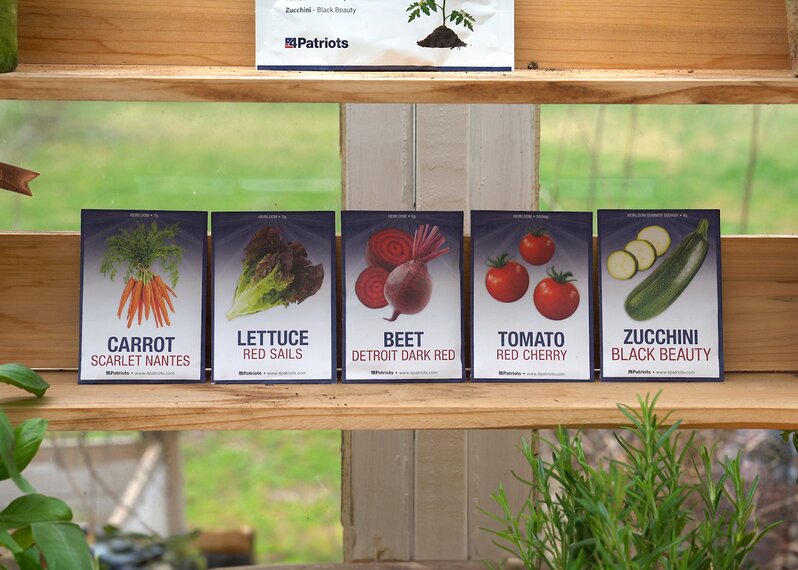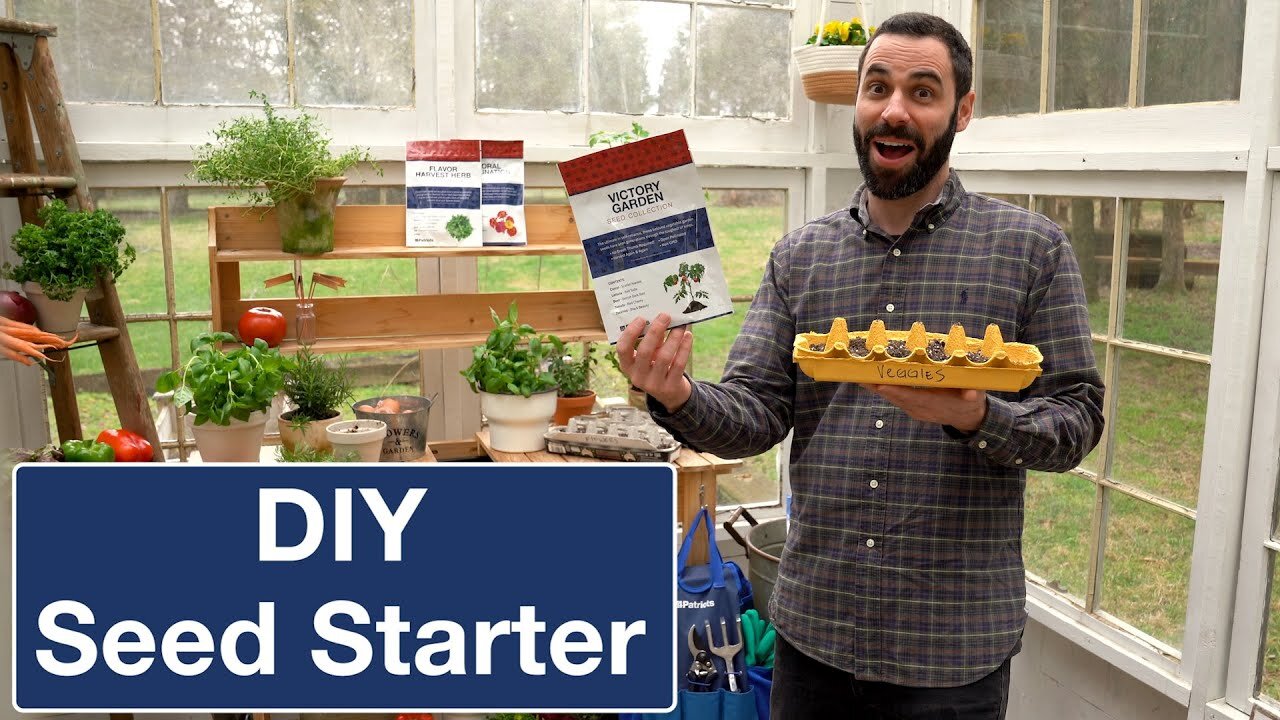Which Vegetables Will You Plant This Season?
In addition to stockpiling survival food, the best thing you can do to avoid future food insecurity is to grow your own. That never-ending supply of nutritious vegetables and fruits will keep you and your family fed no matter how many emergencies you deal with.
And the end result is far more than having life-sustaining food you'll be able to eat fresh or store for the future. It's also the peace of mind you'll achieve during what are sure to be trying times ahead. Tough to put a price on that.
The question you may be asking yourself now that planting season is here in many parts of the country is, "What should I plant?"
Will you go with the exact same vegetables and fruits you grew last year? Or do you want to replace some of them with other options? Or perhaps stick with them but add others to the mix?
Cool-weather vs. warm-weather crops
March weather can be all over the place—frost one day, 80s the next. Keep row covers handy to protect your perennials from late-season chills.
If you're in a cooler climate, consider starting warm-weather crops indoors:
- Tomatoes
- Peppers
- Eggplant
- Sweet corn
- Squash
Move them outdoors once the soil hits 60°F, ideally on an overcast day to avoid transplant shock.
For outdoor planting when soil reaches 40°F, go with cool-weather crops like:
- Lettuce
- Spinach
- Broccoli
- Cabbage
- Onions
- Peas
- Radishes
- Beets
- Carrots
- Swiss chard
- Kale
Kale is quick-growing and tolerates shade well, while others thrive with full sun.

Soil quality is important
Backtracking for a moment, before you plant anything outdoors, an important consideration is the acidic level of your soil.
Ideally, you want a pH level of 6.0 to 6.8. You can determine this with a pH kit you can purchase at any garden center.
If your soil level is not between 6.0 and 6.8, use organic matter to increase or decrease that level. There will be instructions on the package regarding how to do this.
And even if your soil tests between those levels, it could probably still use a little help each spring in the form of compost or peat moss to improve its texture and add nutrition.
And don't forget one of the most important things for all your plants – water. Make sure they get plenty of moisture right after you plant them. Then add mulch to keep that moisture in and discourage weeds from growing.
Of course, continue to water regularly while your plants are growing. Remember that plant roots will continue heading downward, so you want to make sure they'll find water when they get there.
Follow directions carefully
OK, that brings us to April. Again, depending on what part of the country you live in, temperatures will be different. But keep in mind that in some areas you could still get an April frost. Heck, frosts even occur in early May in some places.
If you're an experienced gardener, this will be rudimentary for you. But for you garden newbies, seed packets you buy should include detailed instructions regarding how deep and how far apart your seeds should be planted.
Those packets should also tell you when to plant outdoors, based on the timing of your last expected frost.
If you have a mostly clay soil, growing vegetables could be a challenge. Make sure to add plenty of topsoil before planting.
Well, that's it for today. We'll talk more about seeds, vegetables, fruits, soil, and other gardening issues in the near future. In the meantime, Happy Gardening!

References:
- All testimonials in this advertisement are from real people; sometimes names and photos have been changed to protect their privacy and some were given free products in exchange for their honest feedback. Testimonials represent exceptional results, don't apply to the average purchaser and are not intended to guarantee that anyone will achieve the same results. The organizations, publications and people referenced on this site are not affiliated with 4Patriots. They have not endorsed, sponsored or recommended this product; no affiliation or endorsement is claimed. Terms & conditions apply. Cade Courtley is a former Navy SEAL and Platoon Commander who served 9 years of active duty and has been compensated by 4Patriots for his hard work in helping us test and endorse this product. Cade Courtley is a former Navy SEAL who served 9 years of active duty and has been compensated by 4Patriots for his hard work in helping us test and endorse products.
- U.S. Consumer Product Safety Commission. CPSC Releases New Report on Carbon Monoxide (CO) Fatalities, Urges Generator Safety in New PSA. August 2022.
- Peak output for the Patriot Power Generator increased from 3,048 W (1800 model) to 4,000 W (2000X model). Continuous output is 1,800 W and 2,000 W, respectively. Storage capacity for DC devices increased from 768 Wh (1800 model) to 1536 Wh (2000 model).
- Refrigerators, freezers and similar appliances maintain a safe temperature by running on cycles. The CDC recommendation is to keep temperature below 40°F and above 32°F. If starting with a cold appliance, running backup power to your fridge for 1 hour will maintain temperature for about 4 hours. Usage conditions will impact this estimate (interior temp, exterior temp, appliance age & features, fridge contents, etc.). Click here for more tips on cycling your fridge or freezer.
